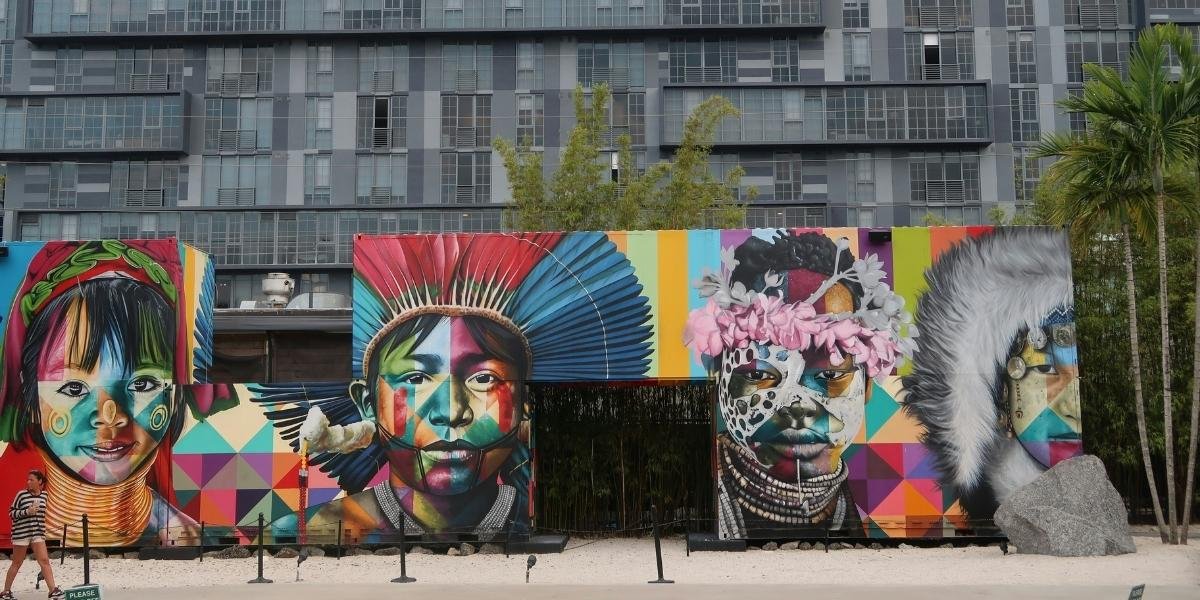How Did Cuban Exile Shape the Origins of Little Havana?
The story of Little Havana begins in the late 1950s, a time of political unrest in Cuba. In 1959, Fidel Castro’s revolutionary government took control of the island, leading to significant political, economic, and social changes. Many Cubans, particularly those opposed to Castro’s regime, feared persecution and fled to the United States, seeking freedom and opportunity. Miami became a natural destination for Cuban exiles due to its proximity to the island and its established Cuban-American population.
In the early 1960s, the U.S. government enacted policies that encouraged Cuban immigration, including the Cuban Refugee Program, which provided assistance to the new arrivals. During this time, thousands of Cuban exiles began settling in Miami, transforming the city’s demographics and culture. A large number of them moved into the Riverside neighborhood, which would eventually become known as Little Havana.
As the Cuban population in Miami grew, so did the community’s sense of identity. Shops, restaurants, and cultural institutions began to spring up, catering to the needs of Cuban exiles who longed for the flavors, music, and traditions of their homeland. This cultural vibrancy gave rise to what we now know as Little Havana, a neighborhood that has become synonymous with Cuban culture in Miami.
How Did Little Havana Evolve into a Cultural Hub?
Over the decades, Little Havana has become more than just a residential neighborhood for Cuban exiles—it has developed into a cultural hub that reflects the spirit and resilience of the Cuban people. The famous Calle Ocho (8th Street) runs through the heart of Little Havana and serves as a central artery for Cuban culture in Miami. Along this street, you’ll find Cuban cafes, cigar shops, art galleries, and iconic landmarks like Domino Park, where older generations gather to play dominos and share stories of their past.
One of the most important events in the neighborhood’s calendar is the annual Calle Ocho Festival. Launched in 1978, the festival is a celebration of Latin American culture, featuring music, dance, food, and art. It attracts hundreds of thousands of people each year and has grown into one of the largest street festivals in the country. While the festival celebrates all Latino cultures, its roots are firmly in the Cuban experience, and it highlights the unique contributions of Cuban exiles to the Miami community.
Little Havana is also home to cultural landmarks like the Tower Theater, one of Miami’s oldest cinemas, which has been an important venue for screening Cuban films and showcasing Cuban-American art. Art in Little Havana plays a significant role in preserving Cuban heritage, with murals and sculptures dotting the neighborhood, many of them depicting important moments in Cuban history or paying tribute to Cuban icons like José Martí and Celia Cruz.
Over time, Little Havana has become a symbol of the Cuban-American experience, a place where traditions are passed down from generation to generation, and where new waves of immigrants can find a sense of belonging. It is also a place that attracts visitors from all over the world, eager to experience the vibrant culture and history that the Cuban exile community has maintained.
What Is the Ongoing Legacy of Cuban Exile in Little Havana?
The Cuban exile story is one of resilience, perseverance, and the ongoing struggle for freedom. While many Cuban exiles originally saw their stay in Miami as temporary, hoping to return to Cuba after Castro’s fall, the years turned into decades, and Little Havana became a permanent home for generations of Cuban-Americans.
The influence of Cuban exiles extends beyond Little Havana’s borders, having a lasting impact on the politics, culture, and economy of Miami. Cuban-Americans have played key roles in Miami’s political scene, advocating for policies that support democracy in Cuba while also contributing to the city’s development. Many of the city’s elected officials and business leaders are Cuban-Americans, and their influence has helped shape Miami into the international city it is today.
In recent years, Little Havana has continued to evolve. While it remains a stronghold of Cuban culture, the neighborhood has become more diverse, with immigrants from other Latin American countries making it their home. This cultural blending has only added to the rich tapestry of the area, while Cuban roots remain deeply embedded in its identity.
Today, as Cuba itself undergoes political and economic changes, Little Havana stands as a living testament to the history of Cuban exile. It remains a place where the stories of those who fled political persecution are remembered and where their descendants continue to honor their heritage.
A Lasting Impact
The history of Little Havana and Cuban exile is a story of transformation—of both a neighborhood and a people. What began as a refuge for those fleeing oppression has evolved into a cultural hub that celebrates the traditions, values, and spirit of the Cuban people. Little Havana has not only preserved Cuban culture in Miami but also created a space where Cuban-Americans can thrive and contribute to the broader American society.
As Miami continues to grow and change, the legacy of Cuban exile will remain an essential part of the city’s identity. Little Havana, with its lively streets, iconic landmarks, and rich cultural heritage, will continue to be a symbol of the Cuban-American experience and a reminder of the enduring bond between Cuba and Miami.







